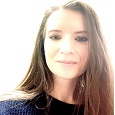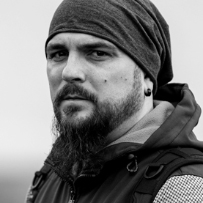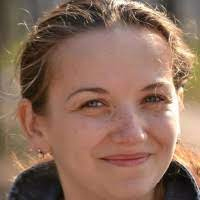
The main goal of the artMAP project is the development of a new analytical methodology for in-situ identification and real-time mapping of organic binders used in ancient wall paintings. The proposed method combines two complementary highly specific molecular techniques – Laser-induced fluorescence (LIF) and Fourier-transform infrared (FTIR) spectroscopy. The proposed methodology is innovative and tries to solve a difficult problem of interest at the level of the international scientific community: the identification and mapping of organic binders present in low concentrations in ancient painted surfaces. A two-step optimization method will be used: (1) LIF measurements will be carried out as a first step for remote non-invasive real-time diagnosis and mapping of the organic components that may be present within the investigated samples; (2) results of the LIF analysis will be refined and validated by FTIR measurements carried out on selected micro-samples that will be subject to a pretreatment (selective extraction method of the organic binder).
Background and degree of novelty
Degree of novelty and relevance of the proposed idea in relation to national and international state of the art

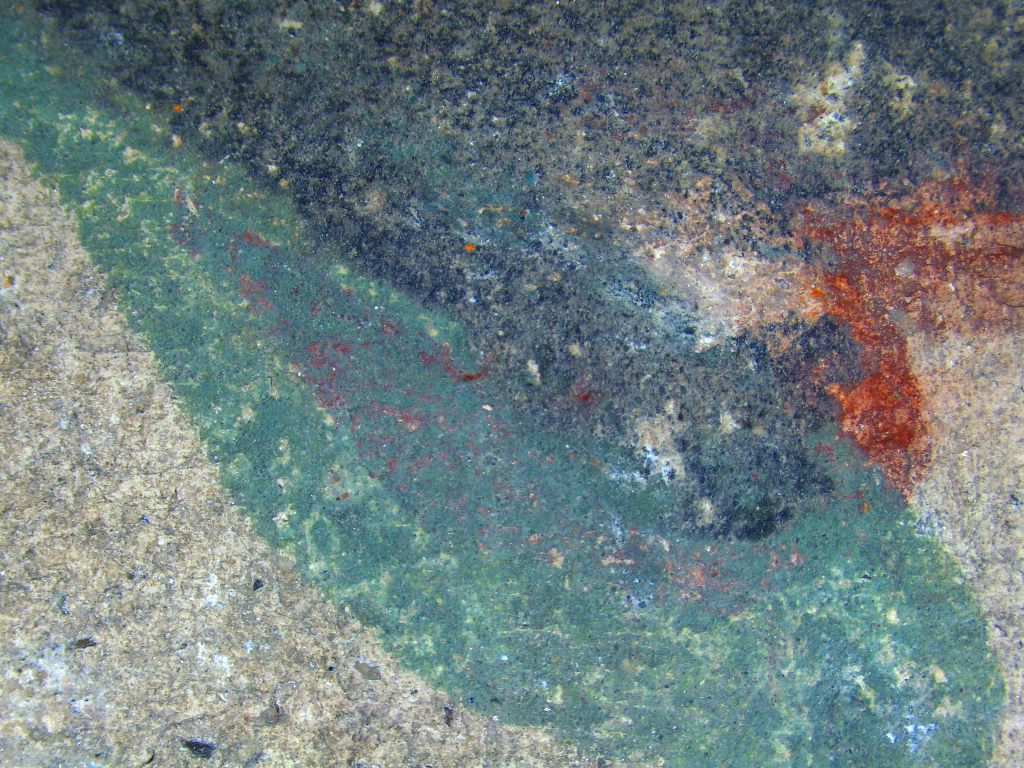
Concept of technology
Preliminary results available that led to the basic concept of the artMAP project
Project objectives
The artMAP project aims to develop, optimize and implement a new analytical methodology capable to assess the presence and nature of organic binders in ancient wall paintings via a two-step approach (two level of identification). To this aim several objectives must be achieved:

# O1
Upgrade of the existing LIF scanning system with a new laser source and development of a new software interface (in the first 16 months of the project)

# O2
Development of a LIF spectral library of organic compounds (in the first 18 months of the project)

# O3
Development of an enhanced FTIR method using micro-extraction protocol (in the first 20 months of the project)
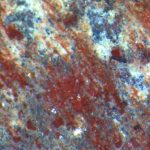
# O4
Testing and evaluation of the new method proposed for in-situ identification and real-time mapping of organic components in real samples (by the end of the project)

Expected results
>> Upgraded experimental LIF setup
A new laser source will be incorporated and a new software interface will be designed in order to increase the performance of the LIF system in terms of data acquisition speed and data processing.
>> LIF database of organic compounds
To facilitate laboratory and field LIF analysis a spectral library of organic compounds will be developed. A variety of model samples (mock-ups) will be created using a wide range of known binders (lipids, proteins, resins, waxes).
>> Enhanced FTIR method
A sample pretreatment using solvent extraction will be developed in order to overcome spectral interferences and thus discriminate overlapping signals and achieve a signal enhancement of superposed compounds.
>> Development of new analytical solutions
New analytical methodology for in-situ identification and real-time mapping of organic compounds present in low amounts in complex painted surfaces
>> Patent proposal
A national patent proposal will be developed and submitted by the end of the project.
>> Scientific publications
The most important scientific results obtaied within the frame of artMAP project will be disseminated by publication of two ISI papers. Main findings will be presented at two international conferences in order to increase the research visibility.
